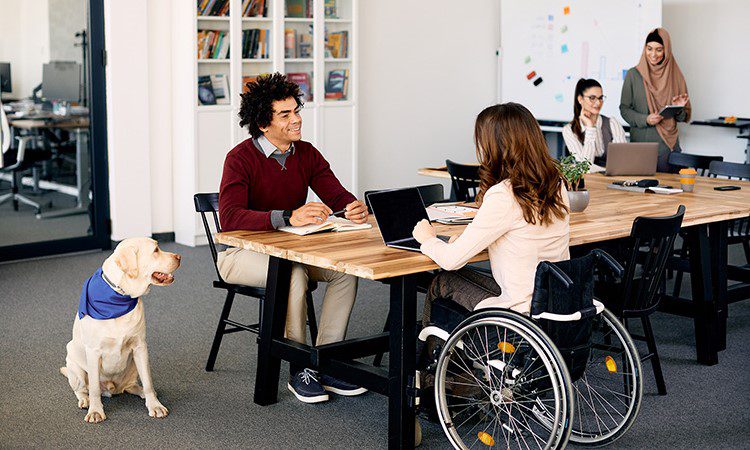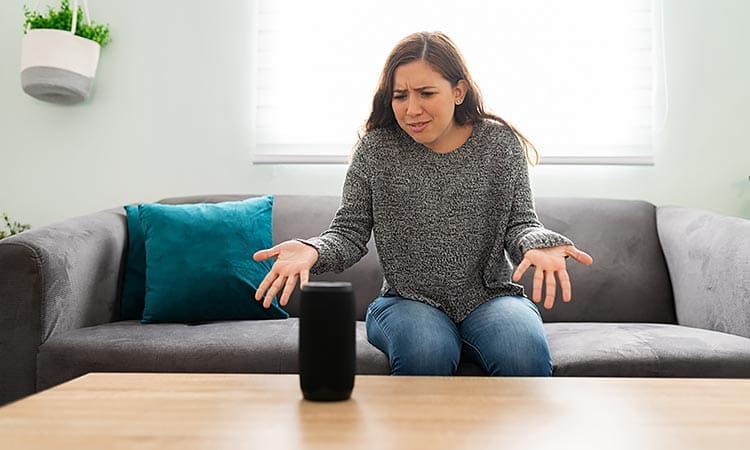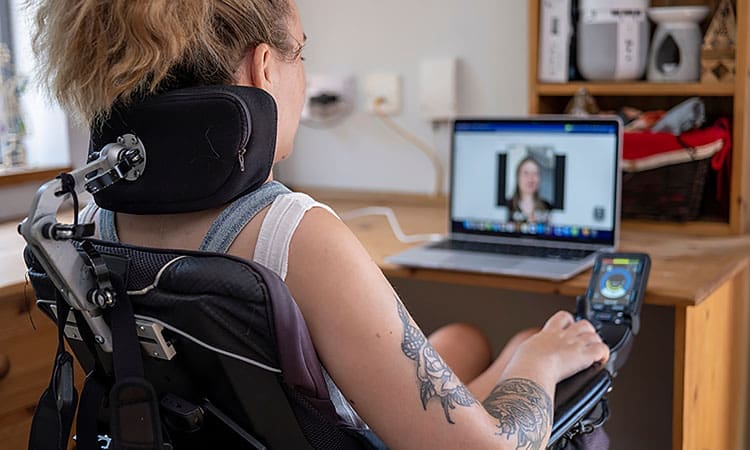Blogs
Design for inclusion & accessibility
Design with every user in mind.
These blogs highlight methods and mindsets for designing equitable experiences across ability, age, language, gender, and more.
Diversity in research and why it matters: Exploring Black maternal mortality rates
Explore the critical issue of Black maternal health disparities in the US, uncovering systemic biases and historical injustices. Discover how UX researchers can foster inclusive practices and ethical research to drive meaningful change.
Design for all: Elevate your product design to include all genders and sexualities
Inclusive design matters more than ever. This Pride Month, learn practical tips to incorporate diversity in your UX research and elevate your product design to reflect and respect all genders and sexualities, ensuring no one feels marginalized or excluded.
Three ways UX research supports accessible product design
Designing accessible products through UX research can create better user experiences for all when researchers are knowledgeable about accessibility and accessible designs, recruit those with a wide range of accessibility needs throughout the UX process, and offer accessible participation options like in-home testing.
3 considerations for accessible in-car UX research sessions
Adaptability, alternative setup options, and a prioritized task list are all helpful components to planning in-car research studies for populations with accessibility needs.
Harnessing UX research to empower children and enhance parental controls online
As the UK rolls out its Online Safety Act, platforms must improve their parental control systems. Read on to discover how UX research can shed light on the complexities of effective parental controls, enabling designs that empower parents and protect children online.
Revolutionising women’s health: The power of Femtech and inclusive design
On this International Women’s Day, we advocate for user-centered design of Femtech solutions to address diverse needs in women’s health.
Lost in translation: Challenges second-language speakers face when using voice interfaces
Research uncovers the needs and challenges faced by bilingual individuals when interacting with smart speakers, offering valuable insights for improving conversational technologies.
How to show up for your participants and colleagues this Pride Month and beyond
This Pride Month, feel encouraged to step up for your colleagues, your participants, and your clients by recognizing the importance of gender and sexuality diversity.
Designing for accessibility? 6 considerations for a more inclusive user experience
Insights from conducting UX research can help put your product on the map when it comes to ensuring accessibility for all users.
A voice for everyone: Embracing diversity in speech technology
The technology behind voice assistants continues to improve, but further changes can be made to better accommodate a broader range of speakers and to design for a more inclusive future.
10 tips to better support a11y participants during user research
With a few considerations and thoughtful planning, research that includes the a11y community can effectively collect data while ensuring a respectful participant experience to help design products that meet the needs of all users.
5 tips for remote UX research with the A11y community
By being thoughtful of the research process and unique needs of participants, researchers can champion inclusion of those with accessibility needs in research, resulting in better designed products.
How can UX researchers support gender diversity and more inclusive design for all intended users?
Update research and design practices to increase gender diversity; data from research that encompasses all genders is more reflective of real-world users.
Why and how your company should talk about pronouns
Encourage a welcoming and inclusive environment by including pronouns more naturally in your interactions.
Ageism and technology UX: Designing for seniors
It’s time for tech companies to turn their attention to designing solutions for a senior community that is more in need of connection than ever before.
































